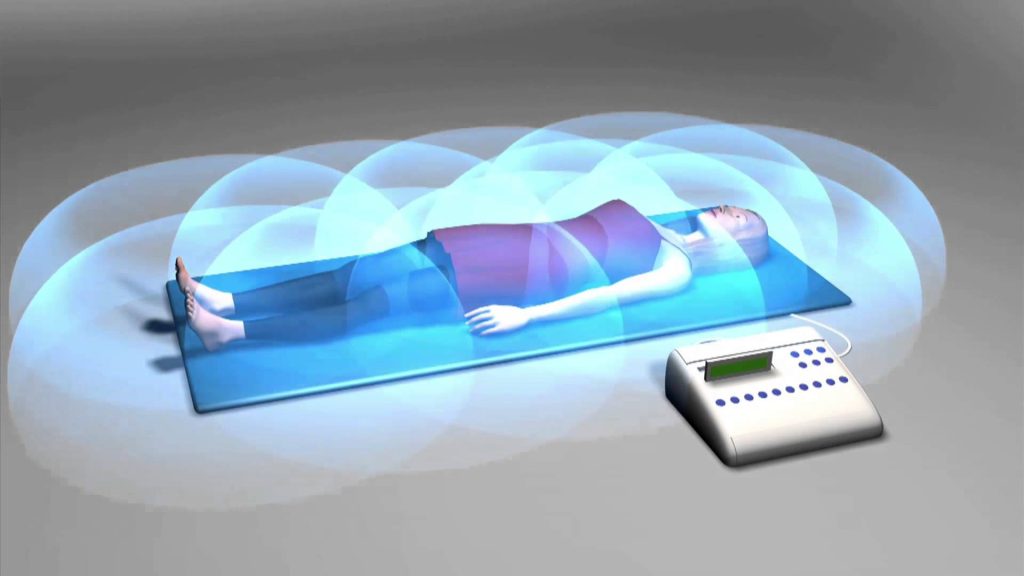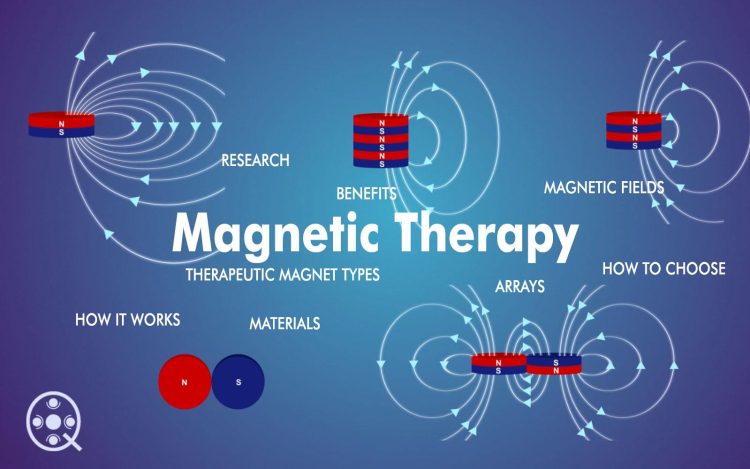The Specter of Electromagnetic Fields
In an era where the hum of electricity is the soundtrack of modernity, a mother’s concern over a report linking electromagnetic fields (EMFs) to leukemia and other health maladies is not uncommon. The presence of high-voltage power lines near her home becomes a source of sleepless nights, as the invisible waves are suspected to be silent sabers cutting through the veil of health and well-being.
The Ubiquity of EMFs
From the ubiquitous cell phone to the unassuming metal wire carrying current, EMFs are the unseen companions of contemporary life. They raise questions and fears: Are these carriers of energy the phantom assassins behind the increasing prevalence of tumors, neurological debilities, and developmental anomalies? As humanity basks in the conveniences wrought by electrification, it also grapples with the psychological toll of an unseen perceived threat.
The Alarm and the Antidote
Reports and anecdotal evidence often amplify the fear of EMFs, painting them as formidable foes to health. Alarming medical studies suggest a correlation between prolonged computer use and a heightened risk of cancer, stirring public unrest. Yet, the unveiling of scientific research has often turned the tide, challenging the narrative of EMFs as spectral killers.

Pandora’s Box of Science
The diversity of electromagnetic waves, from visible light to ultraviolet and infrared, is vast, differing in properties due to frequency variations. The low-frequency EMFs that we encounter in daily life have been the subject of intense scrutiny, particularly regarding their potential health impacts.
A seminal 1979 study by epidemiologist Wertheimer and physicist Leeper sparked a wave of research into the health effects of EMFs. Their conclusion, suggesting a tripling of leukemia risk in children exposed to high-intensity EMFs, opened Pandora’s box, leading to a surge in litigation, protective gadgets, and sensational media coverage. The societal cost of this electromagnetic panic in the United States alone soared beyond $25 billion by 1999.
The Authoritative Verdict
Amidst the uproar, a need for authoritative guidance emerged. In 1996, the National Academy of Sciences reported no evidence of harm from low-frequency EMFs. Confounding factors, such as socioeconomic status and hygiene, were suggested as possible explanations for the increased leukemia risk near power lines. The National Cancer Institute followed in 1997 with a comprehensive study, finding the association between EMFs and leukemia too weak to warrant concern, effectively closing the lid on the societal Pandora’s box that had been flung open.
Reflections in the Aftermath
The debate over EMFs’ harm is as much about the methodology of scientific inquiry as it is about environmental health crises. Understanding the experimental designs employed in EMF research dispels many uncertainties. Epidemiology, cell cultures, and animal testing each have their pitfalls, and the initial Wertheimer-Leeper study serves as a cautionary tale of misinterpreting statistical associations.
The Innocuous Nature of Everyday EMFs
EMFs are not novel, man-made phenomena. They are as natural as lightning and magnetism, with humanity having adapted to live within Earth’s magnetic field. Indeed, the electromagnetic spectrum is integral to life, from the light that sustains it to the lightning that may have sparked its very inception.
Medically, the distinction between harmful high-frequency radiation, like X-rays, and the harmless low-frequency emissions from household electronics has been well established. The latter, far from being deleterious, have been shown to have beneficial health effects.

The Salutary Side of EMFs
While the search for the perils of EMFs has been fervent, some studies have yielded surprising results. Low-dose radiation has been found to increase the survival rates of cancer patients significantly. Moreover, large-scale studies have indicated that electrical workers are not at an increased risk of cancer and may even have lower incidence rates than the general population.
EMFs have found their place in therapeutic applications, treating a range of conditions from depression to Parkinson’s disease. This suggests that EMFs, rather than being toxic, may indeed possess remedial properties.
The Hormesis Effect
The concept of hormesis posits that low doses of a substance can be beneficial, despite being harmful in larger quantities. This principle is evident in the adaptive capacity of organisms to low-dose radiation and potentially toxic substances, stimulating immune response and DNA repair mechanisms.
The Paradox of Toxins
The journey to understanding poisons is fraught with drama. Proponents of hormesis, often staunch environmentalists turned researchers, have found that regulated toxins like dioxins, arsenic, mercury, and radon may confer health benefits at low levels, echoing the sentiment of Paracelsus on the dose making the poison.
Conclusion: The Strength from Strife
Friedrich Nietzsche’s adage that what does not kill us makes us stronger may hold true for EMFs. Rather than insidious killers, they could be the unsung heroes bolstering our resilience and health.
















































Discussion about this post